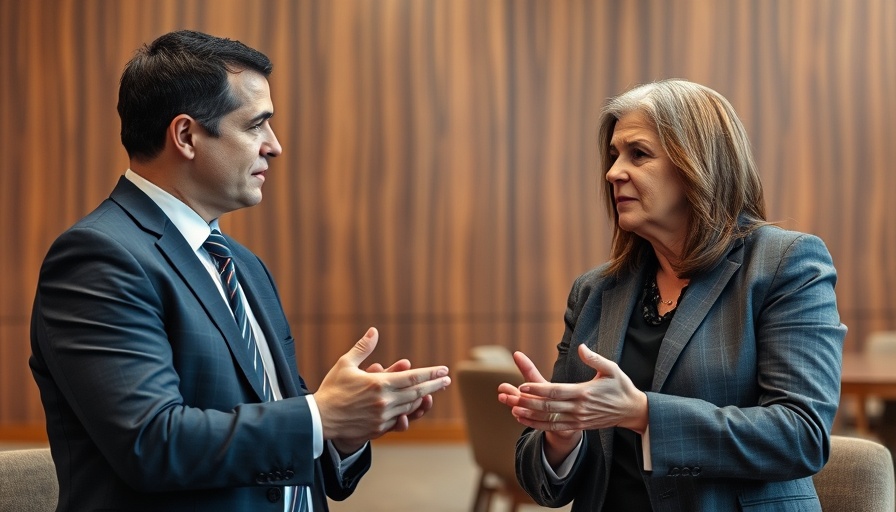
Bridging the Gap: Addressing Workforce Challenges in America
Burgess Owens' recent inquiries regarding the disconnection between the educational system and industry highlight a pressing issue that affects the American workforce. In a time where the U.S. faces a staggering seven million worker deficit and immense investments amounting to $10 trillion, the need to foster an effective collaboration between training programs and employers has become increasingly critical.
In 'Burgess Owens Asks Chavez-DeRemer About Mending Disconnect Between Educational System And Industry,' the discussion highlights serious workforce challenges and innovative solutions, prompting a closer look at how we can align education with industry needs.
The Call for Innovation in Education
The discussion led by Owens underscores the importance of apprenticeship programs, a focus introduced during the Trump administration and now emphasized by current leadership. The goal of reaching one million active apprenticeships taps into a growing recognition that a traditional four-year degree isn't the only pathway to success. The emphasis on technical schools and community colleges producing skilled workers for various sectors is vital as employers seek individuals prepared for jobs that drive the economy.
Understanding Workforce Readiness
Owens points out an essential gap—many businesses express frustration over the inadequacies of the educational system, which often leaves students unprepared for the realities of the workforce. This calls for a reevaluation within educational policies to ensure alignment with industry needs. Creating tangible partnerships between educational institutions and businesses would help guarantee that students are equipped with relevant skills and certifications needed to thrive.
Real-World Applications of Training Programs
The conversation also highlighted the potential for innovation with programs addressing public safety careers. The initiative to introduce registered apprenticeships for firefighters and law enforcement officers signals a transformative approach toward vocational training. By enhancing these essential sectors, not only do we strengthen the workforce, but we also ensure community safety and preparedness.
A Future-Ready Workforce Strategy
The dialogue during this session made it clear that the time for systemic change is now. By empowering employers and aligning them with educational programs, the U.S. can create a workforce that meets both current and future challenges. This approach emphasizes the value of job security and the prosperity it can bring to families, fostering a culture where American workers can envision stable futures.
The Role of Congressional Support
Moreover, Owens noted Congress's vital role in supporting these initiatives. Policymakers can aid in facilitating frameworks that enhance employer engagement in apprenticeship programs, leading to robust investment in workforce development. Strengthening these connections not only respects the intentions of America's labor force but also preps the nation for broader economic stability.
Conclusion: An Invitation for Coalition-Building
As we ponder the contents of Owens' inquiries, it's crucial for stakeholders—educators, policymakers, and employers—to unite to construct a cohesive strategy that addresses these growing demands. By working collaboratively, we can forge pathways that ensure every American has the opportunity to pursue their aspirations in a labor market primed for growth and evolution.
 Add Element
Add Element  Add Row
Add Row 



 Add Row
Add Row  Add
Add 


Write A Comment